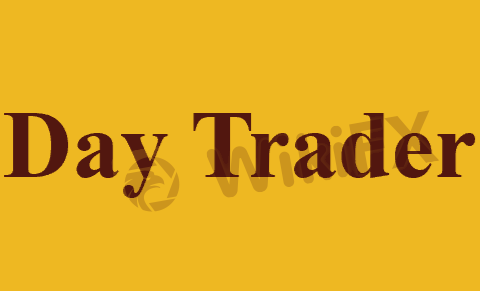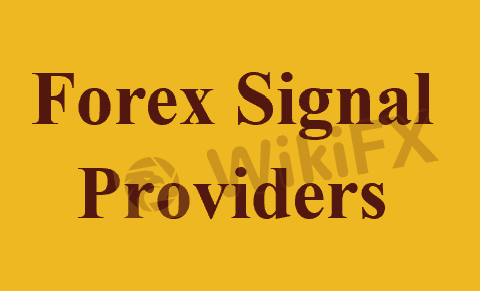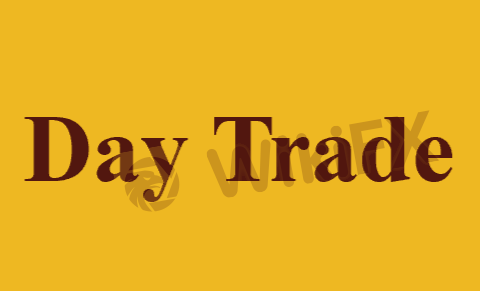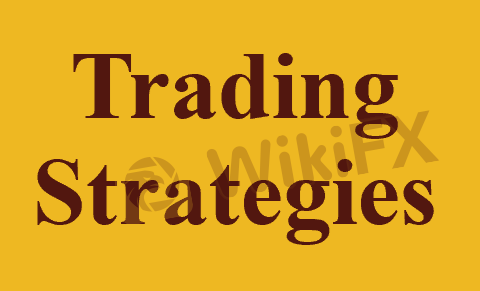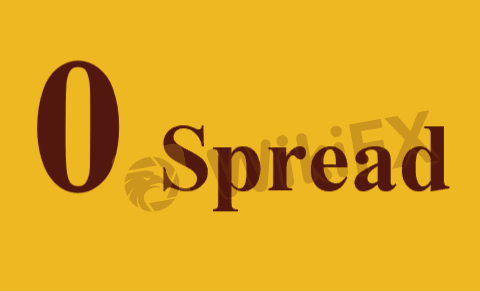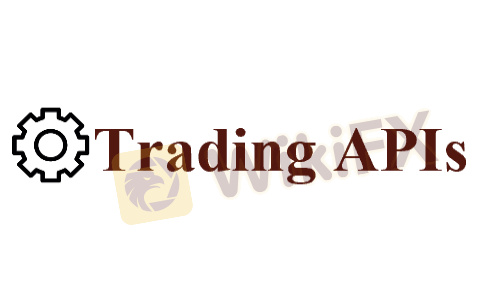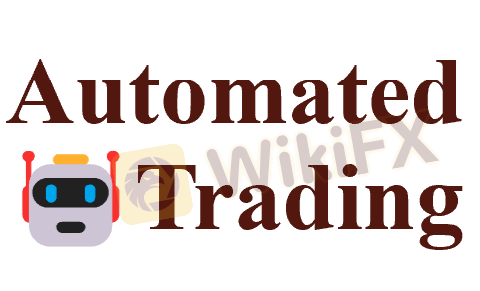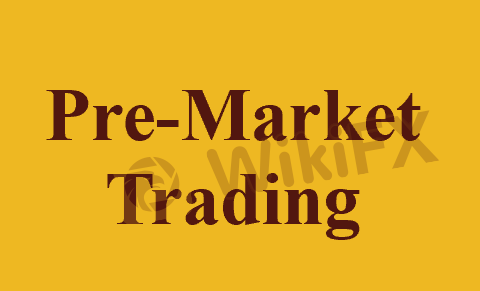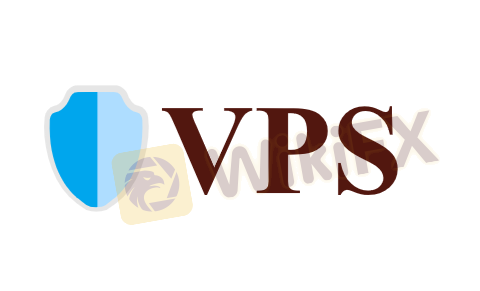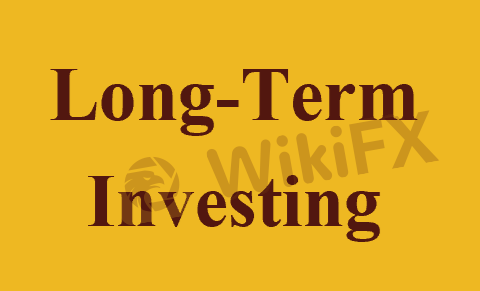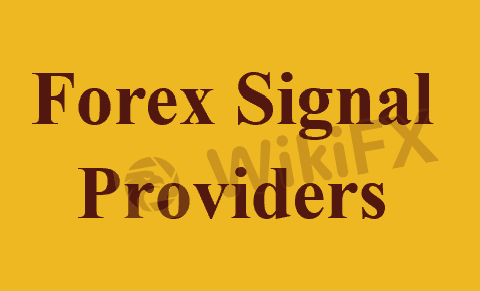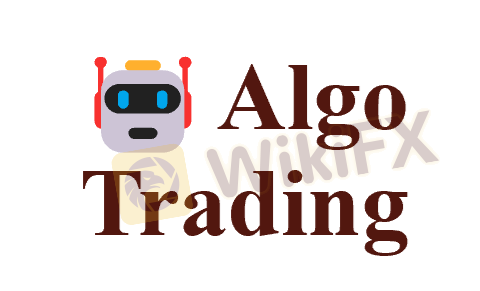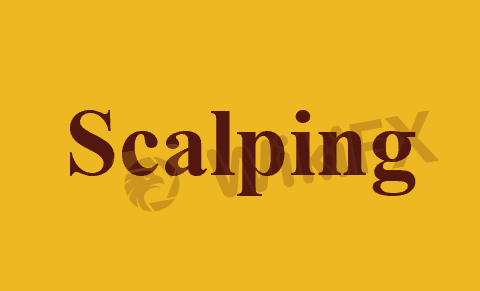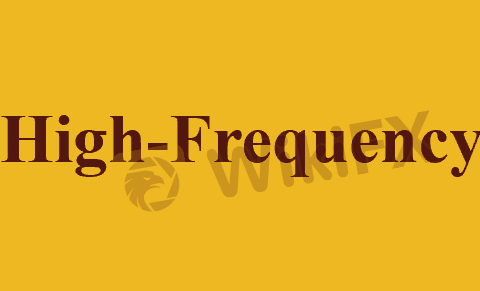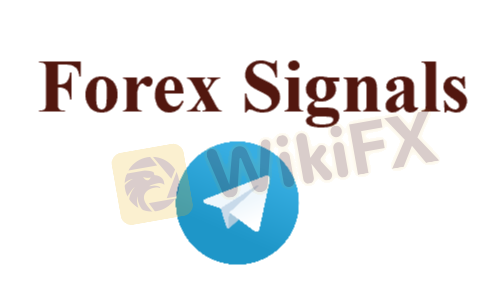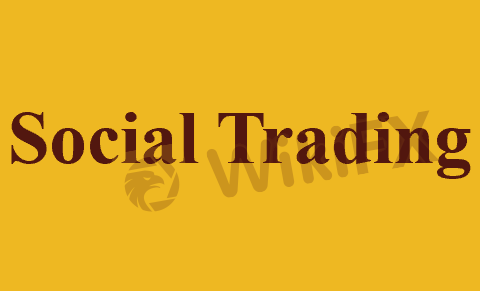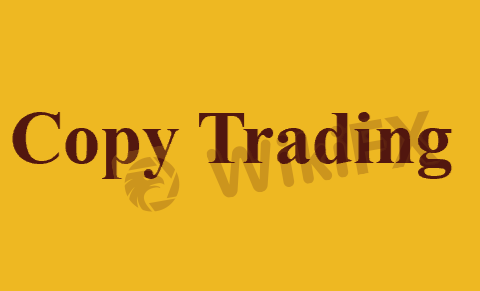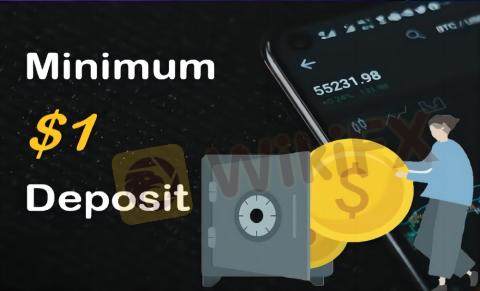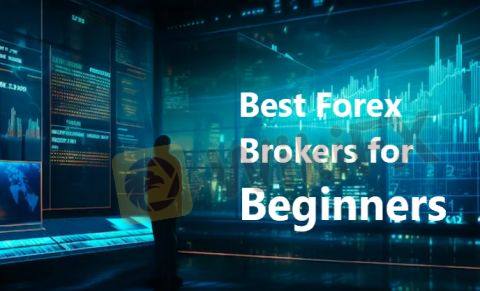Trading Leverage attaches great importance in forex trading, allowing traders to trade much bigger sums than you have placed, resulting in considerably larger gains than if you were trading with a lower amount.
However, higher trading leverage provides traders with additional opportunities, and it also comes with significantly more risk.
High leverage is typically preferred by experienced or advanced traders to satisfy their aggressive trading strategies.
While forex beginners are recommended to stick to a low leverage level first. Here is the list of high leverage forex brokers in 2024. Keep in mind that you can tolerate the great risks of losing your money.
Best Forex Brokers With High Leverage for 2024
A Multi-regulated Broker for you to Start Real Trading with a $1 Initial Deposit.
Incredibly Unlimited Leverage Offering for Asia, Rare Among Brokers.
Globally Licensed and Regulated by FCA & CYSEC, Offering Great Reliability.
Advanced Trading Platforms Offering of Ultra-Low Spreads, Starting from 0 pips.
A reputable forex broker requires as low as $50 to start trading.
Generous leverage up to 2000:1, significantly satisfying your trading ambition.
more
Best Forex Brokers With High Leverage Video
Comparison of the Best Forex Brokers With High Leverage for 2024
Forex Broker
License
Minimum Spread
Maximum Leverage
Minimum Deposit
Open account
Details
Compare
10 Best Forex Brokers with High Leverage
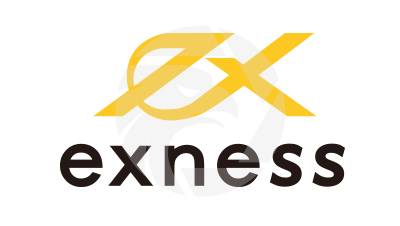
| Regulated Country | Regulated Authority | Regulated Entity | License Type | License Number |
 |
FCA | Exness (UK) Ltd | Market Making(MM) | 730729a |
 |
CYSEC | Exness (Cy) Ltd | Market Making(MM) | 178/12 |
 |
FSCA | EXNESS ZA (PTY) LTD | Retail Forex License | 51024 |
 |
FSA | Exness (SC) Ltd | Retail Forex License | SD025 |
Exness is an online forex and CFD broker that was established in 2008. Registered in Cyprus, this company has expanded its reach to become a well-known brokerage firm, providing trading services to clients around the world. Exness is renowned for its intuitive trading platforms and extensive selection of financial instruments, which have made it a favoured option for traders in the foreign exchange and financial markets.
Leverage:1:Unlimited
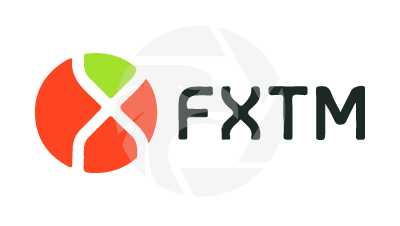
| Regulated Country | Regulated Authority | Regulated Entity | License Type | License Number |
 |
CYSEC | Forextime Ltd | Market Making(MM) | 185/12 |
 |
FCA | Exinity UK Ltd | Straight Through Processing(STP) | 777911 |
 |
FSC | EXINITY LIMITED | Retail Forex License | C113012295 |
FXTM is a reputable global online brokerage that operates under the regulation of multiple jurisdictions worldwide, such as the UK, Cyprus, South Africa, and Mauritius. Established in 2011 in Limassol, Cyprus, FXTM has experienced significant growth and currently caters to over 2 million accounts in over 180 countries. FXTM offers a wide range of tradable instruments, giving retail traders, institutions, and introducers access to over 250 options. These include forex, stocks, indices, commodities, cryptocurrencies, and ETFs. Take advantage of leverage up to 1:1000, enjoy competitive spreads, and experience fast execution on the popular MetaTrader 4 and MetaTrader 5 platforms. FXTM is known for its dedication to educating traders, providing customer support in multiple languages, and offering a wide range of trading resources to empower traders with the confidence to trade. FXTM has established itself as a reputable global broker in just ten years of operation, thanks to its transparent pricing, tight spreads, and advanced trading tools.
Leverage:1:2000

| Regulated Country | Regulated Authority | Regulated Entity | License Type | License Number |
 |
FCA | Zeal Capital Market (UK) Limited | Straight Through Processing(STP) | 768451 |
 |
FSA | Zeal Capital Market (Seychelles) Limited | Retail Forex License | SD027 |
ZFX, operated by Zeal Capital Market Limited, is a forex and CFD broker established in 2010 and based in the United Kingdom. ZFX provides a wide range of trading instruments, such as Forex currency pairs, commodities, indices, and cryptocurrencies, on the well-known trading platforms, MetaTrader 4 and MetaTrader 5.
Leverage:1:2000
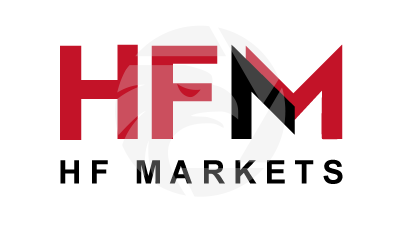
| Regulated Country | Regulated Authority | Regulated Entity | License Type | License Number |
 |
CYSEC | HF Markets (Europe) Ltd | Market Making(MM) | 183/12 |
 |
FCA | HF Markets (UK) Limited | Straight Through Processing(STP) | 801701 |
 |
DFSA | HF Markets (DIFC) Limited | Retail Forex License | F004885 |
 |
FSA | HF Markets (Seychelles) Ltd | Retail Forex License | SD015 |
 |
CNMV | HF MARKETS (EUROPE) LTD | Retail Forex License | 3427 |
HFM (formerly HotForex) was launched in 2010 and is now a reputable online forex and CFD broker. The Cyprus-based company has become well-known in the financial sector for its extensive selection of trading products and simple-to-navigate interfaces, making it a favourite among traders of all experience levels. HFM is a global trading firm that is regulated by a number of governing bodies to protect its customers' money.
Leverage:1:1000
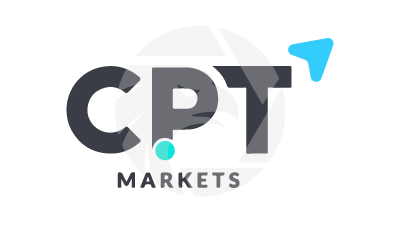
| Regulated Country | Regulated Authority | Regulated Entity | License Type | License Number |
 |
FCA | CPT MARKETS UK LIMITED | Market Making(MM) | 606110 |
 |
FSC | CPT MARKETS LIMITED | Retail Forex License | 000314/126 |
 |
FSCA | CPT MARKETS (PTY) LTD | Financial Service | 45954 |
CPT Markets is a financial broker that was founded in the United Kingdom. The company was established to provide trading and investment services in the global financial markets. While my knowledge is limited to information available up to January 2022, it's important to note that the details about specific brokers may change over time, and I recommend checking the most up-to-date information on CPT Markets directly from their official website or other reliable sources for the latest information about their services and offerings.
Leverage:1:500
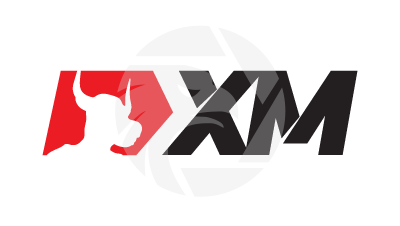
| Regulated Country | Regulated Authority | Regulated Entity | License Type | License Number |
 |
ASIC | TRADING POINT OF FINANCIAL INSTRUMENTS PTY LTD | Market Making(MM) | 443670 |
 |
CYSEC | Trading Point Of Financial Instruments Ltd | Market Making(MM) | 120/10 |
 |
FSC | XM GLOBAL LIMITED | Retail Forex License | 000261/397 |
 |
DFSA | Trading Point MENA Limited | Retail Forex License | F003484 |
XM was established in 2009 and is a CFD and forex broker operating online. With its headquarters in Cyprus and under the watchful eye of the Cyprus Securities and Exchange Commission (CySEC), this firm is a respected member of the brokerage community. XM provides trading services to customers all around the world and provides access to a wide variety of trading instruments, such as foreign exchange, commodities, equities, and indices.
Leverage: 1:1000
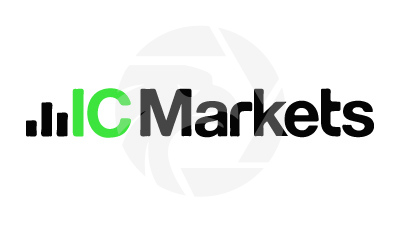
| Regulated Country | Regulated Authority | Regulated Entity | License Type | License Number |
 |
ASIC | INTERNATIONAL CAPITAL MARKETS PTY. LTD. | Market Making(MM) | 335692 |
 |
CYSEC | IC Markets (EU) Ltd | Market Making(MM) | 362/18 |
IC Markets operates as an online forex and CFD broker, based in Australia. The company was established in 2007 and has its main office in Sydney, Australia. It is renowned for its diverse selection of trading instruments and competitive spreads, serving both individual and institutional traders worldwide. IC Markets is regulated by the Australian Securities and Investments Commission (ASIC) and is well-known for its transparent and high-speed trading environment.
Leverage: 1:500
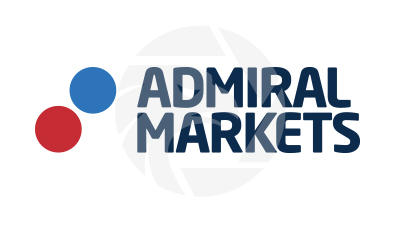
| Regulated Country | Regulated Authority | Regulated Entity | License Type | License Number |
 |
ASIC | ADMIRALS AU PTY LTD | Market Making(MM) | 410681 |
 |
FCA | Admiral Markets UK Ltd | Market Making(MM) | 595450 |
 |
CYSEC | Admiral Markets Cyprus Ltd | Market Making(MM) | 201/13 |
 |
FSA | Admirals SC Ltd | Retail Forex License | SD073 |
Established in 2001, Admiral Markets is a globally-recognized forex and CFD broker regulated by the UK's Financial Conduct Authority (FCA). The company also operates in Australia under Admirals AU Pty Ltd, holding Australian Financial Services Licence number 410681, regulated by the Australian Securities and Investments Commission (ASIC). It offers a comprehensive suite of trading products, including forex, indices, commodities, stocks, bonds and ETFs. With trading platforms like MetaTrader 4 and 5, and WebTrader, Admiral Markets stands out for its competitive spreads, prompt execution and exceptional customer support.
Leverage: 1:500
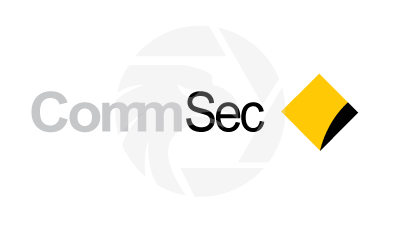
| Regulated Country | Regulated Authority | Regulated Entity | License Type | License Number |
 |
ASIC | COMMONWEALTH SECURITIES LIMITED | STP | 238814 |
CommSec, short for Commonwealth Securities, is an Australian-based online brokerage firm. It was founded in 1995 and is a subsidiary of the Commonwealth Bank of Australia, one of the country's leading financial institutions. CommSec provides a range of services, including stock trading, investment research, and access to the Australian Securities Exchange (ASX) for retail investors and traders. It is one of the prominent brokerage platforms in Australia, offering a convenient way for individuals to manage their investments in the Australian stock market.
Leverage:1:500
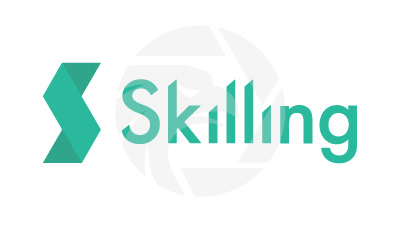
| Regulated Country | Regulated Authority | Regulated Entity | License Type | License Number |
 |
CYSEC | Skilling Limited | Market Making(MM) | 357/18 |
 |
FSA | Skilling (Seychelles) Limited | Retail Forex License | SD042 |
Skilling is a Cyprus-based financial broker that opened in 2016. It's a platform for trading currencies, commodities, indices, and digital currencies online. With its headquarters in Cyprus, this company is well-known for its client-friendly trading platform and extensive selection of financial instruments.
Leverage: 1:2000
Forex Trading Knowledge Questions and Answers
What is Leverage in Forex Trading?
In brief, leverage in currency trading refers to the money that a trader borrows from their broker to invest a larger amount than they want to use themselves.
This sounds like a good way for traders to protect their own capital by using only small amounts of their own money and borrowing the majority of it from the exchange.
Consequently, this privilege comes at a price as brokers charge traders an interest rate on borrowed funds, known as the swap fee or overnight interest.
The Essence of High Leverage Trading
Picture this scenario, you set up a standard lot position on EUR/USD, you will need $100,000 capital.
If you use a low leverage broker platform with 3.33% margin requirements, you will need at least $3,333 to set up this position. In contrast, if you trade with high leverage brokers in the list above, you would only need $200 (that is a 0.2% margin) in order to effect the same trade. Same trade size, same profits/losses.
As a result, you can choose leverage amounts that suit you. Consider using leverage of 1:200 (e.g., a margin of 0.5%) instead of very high leverages (e.g., 1:3000) if you are more comfortable with them.
With the best high leverage brokerage companies, you have more choices without being boxed into a corner with very few leverage options available.
What’s the Highest Leverage Available by Regulation?
The amount of leverage available in forex trading varies depending on the broker, as well as the regulation and location where you are trading.
Typically, regulated brokers with high leverage limit it around 50:1, as is the case under the IIROC in Canada.
Some market regulators are even stricter, such as ESMA in Europe, the FCA in the UK, and ASIC in Australia, which limits leverage to 30:1. MAS in Singapore limits leverage even lower, to 20:1.
The international regulatory bodies, such as the IFSC based in Belize, the FSA based in Seychelles, and the FSA in the British Virgin Islands, provide the greatest leverage.
Below you will find a list of maximum leverages allowed by various regulatory authorities.
| Assets | ESMA & FCA | ASIC | MAS | Offshore* |
| Major FX pairs | 30:1 | 30:1 | 20:1 | Discretionary |
| Other FX pairs & gold | 20:1 | 20:1 | 20:1 | Discretionary |
| Major indices | 20:1 | 20:1 | 20:1 | Discretionary |
| Minor indices | 10:1 | 10:1 | 10:1 | Discretionary |
| Commodities | 10:1 | 10:1 | 5:1 | Discretionary |
| Stocks | 5:1 | 5:1 | 10:1 | Discretionary |
| Cryptoassets | 2:1 | 2:1 | 2:1 | Discretionary |
* it refers to International market regulator
Learn More about Leverage for Retail & Institutional Traders
Reading the guidelines published by ESMA on leverage caps, you will notice these two facts:
Retail forex traders are limited to maximum leverage between 30:1 to 50:1 by most brokers in line with regulations.
Institutional forex traders like investment banks and hedge funds have access to far higher leverage, often between 100:1 to 500:1.
If high leverage were always bad, why was it not scrapped by ESMA? Institutional traders enjoy high leverage, but retail traders do not?
This can be explained by the fact that institutional traders usually receive professional training and proper instruction on risk management and position sizing. An institution's internal risk control mechanisms ensure that no trader goes beyond allowable risk. Additionally, team leaders oversee all operations closely.
There is really no problem with leverage in and of itself, but with retail traders' tendency to abuse it and take on too much risk as a result. For traders, it is almost natural to want to assume significant risk, and limiting leverage won't change that.
Leverage caps will only serve to increase traders' risk appetite by requiring them to come up with more money to fund such risky trading. Due to this, the focus should shift from using leverage, whether low or high, to ensuring traders follow the rules of position sizing and risk management to the letter.
How to Choose A High Leverage Forex Broker?
Here's our list of 10 high-leverage Forex brokers that would be excellent for a trader wanting to dabble in margin trades. The question is, with so many options out there, how do you pick the right high-leverage forex broker?
As long as you use a trustworthy platform, trade responsibly, and follow basic risk management guidelines, you shouldn't have any problems.
Leverage Level
Of course, selecting a reliable broker is the first step. The first thing you should consider in that regard is the level of leverage. The idea of high leverage is certainly appealing, but not to an absurd degree.
The broker itself essentially lends you money for a particular trade when you use a high-leverage trading strategy. But if you aren't familiar with a broker and they are offering greater than 1:2000 leverage, this may cause concern.
If you think about it, how could a liquidity provider operate on the forex market handle leverage of this magnitude? RoboForex, for example, has millions of users and has been in the industry for more than a decade - but not every broker has this level of reputation.
There are some fraudulent brokers that may promise you high leverage by executing overlapping trades opposite yours, which indicates a bucket shop, which simply wants to scam you out of your hard-earned money. Additionally, if a broker refuses to let you trade directly with the raw market spread, you shouldn't trust them.
Customer service
Novice brokers may consider this trivial, but the quality and speed of the customer service of a broker are excellent indicators of how trustworthy the platform is.
Customers of honest, professional brokers always get their needs met - their customer service is always available to answer questions, and they may even work around the clock to meet those needs.
Versatility
In addition to looking for someone with high leverage, you should also look for someone who is versatile - a broker who offers a wide array of different trading instruments is likely to be more reliable than someone who only offers a few.
Choose a broker that offers crypto, binary options, metals, indices, stocks, CFDs, and currency pairs.
Other subtleties should be considered as well. Forex brokers who offer zero-swap Islamic accounts are likely to be global players with a greater pool of traders - and low swaps on major currency pairs are indicative of a professional broker.
Features
When it comes to choosing your first broker, you should consider more than their reputation and leverage. Many brokers provide free training materials for novice traders as well as comprehensive educational programs.
For you to succeed, powerful analytical tools, as well as a large network of traders fostered by your broker, are essential. The use of social trading features such as copy trading is a must.
What is the Relationship Between Leverage and Margin Requirements?
Leveraged products such as forex and CFDs don't require you to own the entire amount you're trading. Retail traders only need a small deposit. This is called the initial margin. It covers the possibility of possible losses.
For example, if a forex broker offers 30 times leverage (30:1 leverage ratio) and you want to buy 10,000 EUR/USD units, your margin requirement is only USD 380.
Your total position value is only a fraction of the margin requirement. Even with the highest leverage available (500:1), US$20 is all that is needed. For this reason, you can control USD 10,000 with just USD 20.
Why Leveraged Trading is Beneficial?
Traders benefit from leveraged trading because they get to use larger amounts of money without risking their own money. Their potential reward is higher if they trade correctly, while their personal wealth is less exposed to risk.
Supposea trader has $500 in their account and wants to buy EUR/USD. Without leverage, the trader could only buy €500 worth of currency pair (approximately $500 at current market rates) since they only have $5,000 capital. This limits their potential profits if EUR/USD rises.
However, if the trader's broker provides 50:1 leverage, they could actually open a position worth 50 x $500 = $250,000 even though they still only have $5,000 capital.
If EUR/USD rises by 2% after opening the 50:1 leveraged position, the trader earns:
Gain on $250,000 position at 2% = $5,000
Whereas if they traded without leverage, the 2% gain would be:
Gain on €5,000 position at 2% = €100 or around $100
In the right circumstance, leverage can be an extremely powerful tool for traders. However, they should be aware that leverage comes with risk, so the greater the leverage, the smaller the margin of error.
`
What is Considered a Good Leverage Amount in Forex Trading?
Leverage ratios usually can be considered good or bad based on many factors. For example, the higher the leverage, the greater the risk, as more money is at stake, which is more stressful and riskier, as you have less margin for error and more to lose.
To put it another way, traders need to decide which leverage ratio they are comfortable with. In addition to that, traders must also decide on a trading strategy, and choose a leverage ratio that fits their strategy.
Low Leverage (1:1 to 1:50): Think of this as beginner mode. It means for every $1,000 you have, you can trade up to $50,000. It's safer because your potential losses are limited, but your profits are not huge either.
Moderate Leverage (1:50 to 1:200):This is like the middle ground. It lets you control bigger trades with less money. It's a good choice if you know what you're doing, but you still need to manage risks.
High Leverage (1:200 and above):This is like the fast lane. It allows you to control very large trades with a small amount of money. It can lead to big profits, but it can also lead to big losses. You should only go here if you're an experienced driver in the forex market.
Aagin, there's no one-size-fits-all answer.The right leverage depends on your experience and how much risk you're comfortable with. Starting with lower leverage is like learning to ride a bike with training wheels – it's safer. As you get more confident, you can take off those training wheels and use higher leverage. Just remember, regardless of your choice, always put safety first by managing your risks.
Forex Spreads and Trading Costs
Typically, forex brokers will quote you two different prices for currency pairs in your forex trading: the bid and ask price.
The “bid” is the price you can sell the base currency. The “ask” is the price at which you can buy the base currency. The difference between these two prices is called “spread”.
The spread is usually measured in pips, which is the smallest unit of the price movement of a currency pair.
For most currency pairs, one pip is equal to 0.0001, for example, the bid/ask price of the EUR/USD pair is 1.1053/1.1055, then the spread is 2 pips.
Currency pairs involving the JPY are typically quoted to 2 decimal places. For example, USD/JPY would be 125.00/125.02.
This quote indicates a spread of 4 pips. There are two types of spreads:Fixed Spreads and Variable (Floating) Spreads.
Spreads can be wider and narrower depending on the currency pair involved. Apart from spreads, there are also some commissions and other fees involved.
Commission fees usually vary from $1 to $5 generally for opening up any opposition. Some additional fees that a forex broker charges include inactivity fees, monthly or quarterly minimums, margin costs and fees associated with calling a broker on the phone.
You Also Like
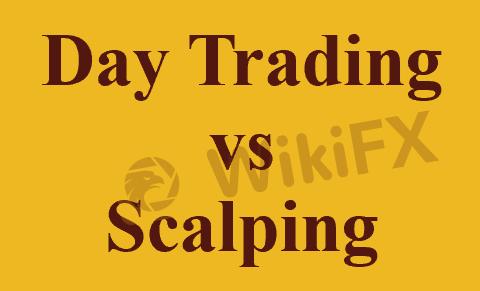
Forex Day Trading VS Forex Scalping: Which One to Choose?
Unravel the clash of Forex day trading and scalping - grasp their tactics, track differences, and tailor your trade.
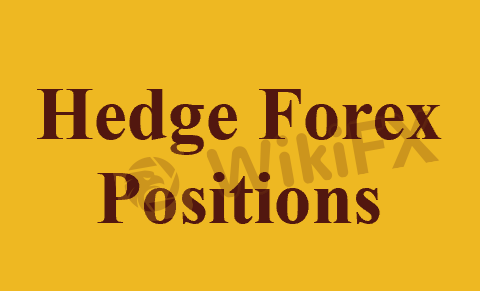
How to Hedge Forex Positions? Some Relevant Strategies to Share.
Dive into Forex hedging strategies - reducing risk, seizing opportunities and securing robust trading profits.
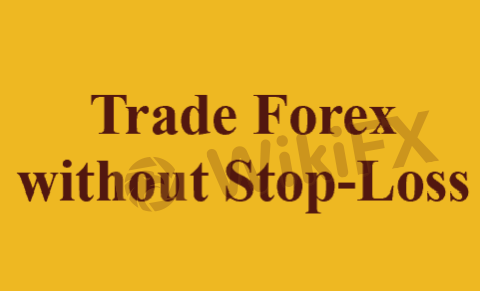
Can I Trade Forex without Stop-Loss? Here Lets’ Discuss
Start Forex trading without stop-loss - understand how it works, explore other options and possible risks.
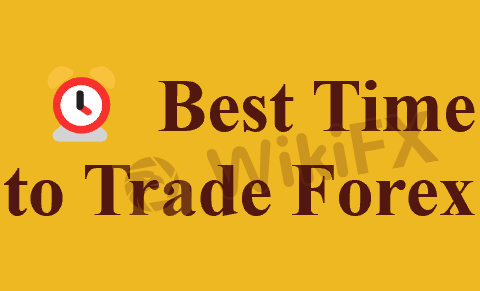
Forex Market Hours: What is the Best Time to Trade Forex?
Master the clock of Forex trading - optimize profits by knowing the best trading times globally!


